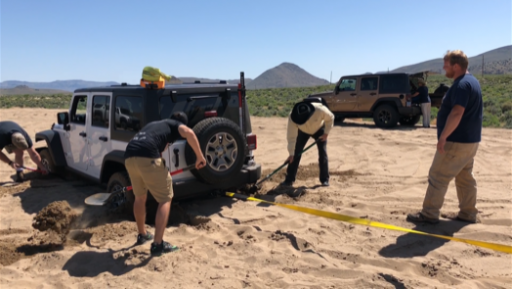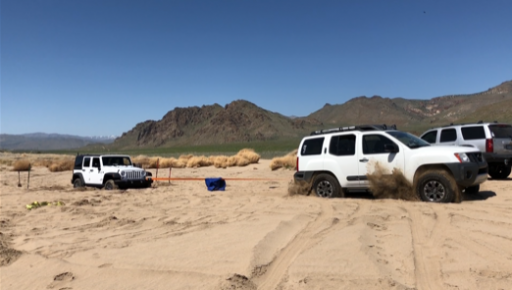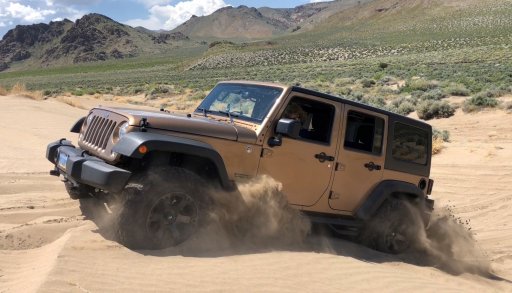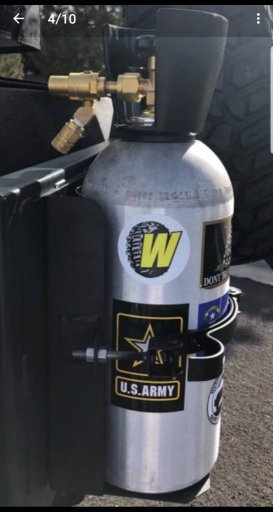 May 8th Meeting Minutes
May 8th Meeting Minutes
Bill opened the meeting at 6:PM. In attendance were 22 participants representing 15 Rigs with a couple of new folks who introduced themselves…Welcome. Then he presented the Agenda for the night.
‘Getting UnStuck’
Aaron was recognized and thanked again for conducting the ‘Getting UnStuck’ review the past Sunday. The group agreed that we would like a follow up review later in the year.
Additionally, Bill mentioned that Scott F. from BLM attended the review and left some BLM maps to pass out at the meeting. He said he would be glad to speak at one of our meetings in the future and join us on some runs.
Logo and Patches
Scott W. showed off his creative genius with some Reno Overlanding patch and sticker artwork designs. Those in attendance voted on two patches we wanted for the group. Patch 1 won. The color combination will be brown on tan, and green on tan for a total of two patches. The Sticker will we a brown and tan.
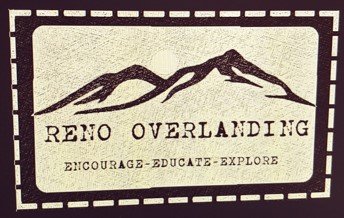
 Day Runs and Overnighters
Day Runs and Overnighters
- Virginia Trail Run – May 19th
- Black Rock Canyon Overnighter – May 25th to 27th
Next Meeting Talks
- Meals and Prep – June 12th
Tonight’s Talk – CO2 vs Air Compressors – Lance F.
Lance began the review of CO2 tanks versus Air Compressors by discussing the benefits of airing down tires out on rocky and sandy trails. He mentioned that the back tires may not be aired down the same amount as the fronts depending on how loaded your Rig is with supplies. Your loaded weight compresses the tires. Therefore, sometimes you may need to look to see if the tire compression looks pretty much the same on the front and back tires opposed to airing them to the same PSI. You want you Rig level.
Additionally, when lowering the tires PSI, tires can buckle with sharp turns and speed, heat build up inside tire causing damage. So airing down goes with slower speeds. If driving at higher speed – Stop and feel the tire – if hot- add air and/or slow down.
Lance passed around an auto deflator that can be preset to a certain PSI for easy tire deflation.
Highlights of the presentation:
CO2
- Pros for CO2
- 4 trips out before fills
- Can Run Air Tools
- More powerful than Battery Tools
- Can Set a Bead on a Tire
- Faster Air-up Time
- Quieter than Compressor
- Cons
- Refill costs
- Run out of Air on Trail
- Limited Capacity
- Filled by a Professional
- Heavier than Compressor
- CO2 Tank Manufacturer
- PowerTank
- Cost $600 on up
- Build Your Own
- Items needed
- Aluminum Tank
- Regulator
- Air Hose
- Interchange Plug
- Teflon Tape
- Air Chuck
- Tire Inflator Gauge
- Tanks must be Hydrostatic tested every five years. Tanks are dated
- Cost $250 to $300
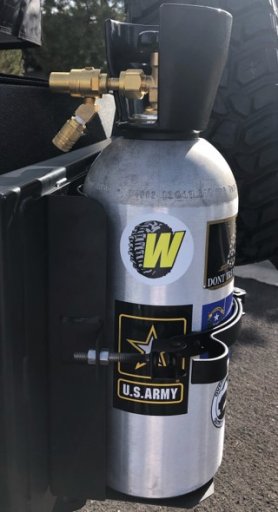
Air Compressor
- Pros - Portable/On-board
- Lighter than Tanks
- Limitless Supply of Air
- On-Board can run Air-Lockers
- Can be paired with an Air Tank
- Can Run with Air Tools for short Bursts
- Less Expensive than Brand Name Tanks
- Better units have auto shut off for Overheating
- Cons
- Longer Air-up Times
- Need to Rest Compressor (Duty Cycle)
- Engine should be Running
- On-board requires hardwire set up
- Louder than Tank
- Moving Parts – Things to break
- Replace Air Filters
- Cost – $50 to $550
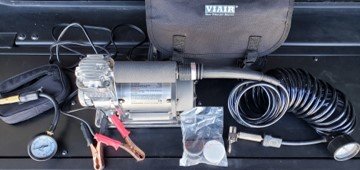
Bottom line….if you can, bring both on a trail run.
Q&A and Suggestions
Prior to closing the meeting and going outside for a Rigs picture, suggestions were made for some Day Runs and Overnighters—Bodie, Walker Lake, Jumbo Grad, Kennedy Meadows/Sonoma Pass.












